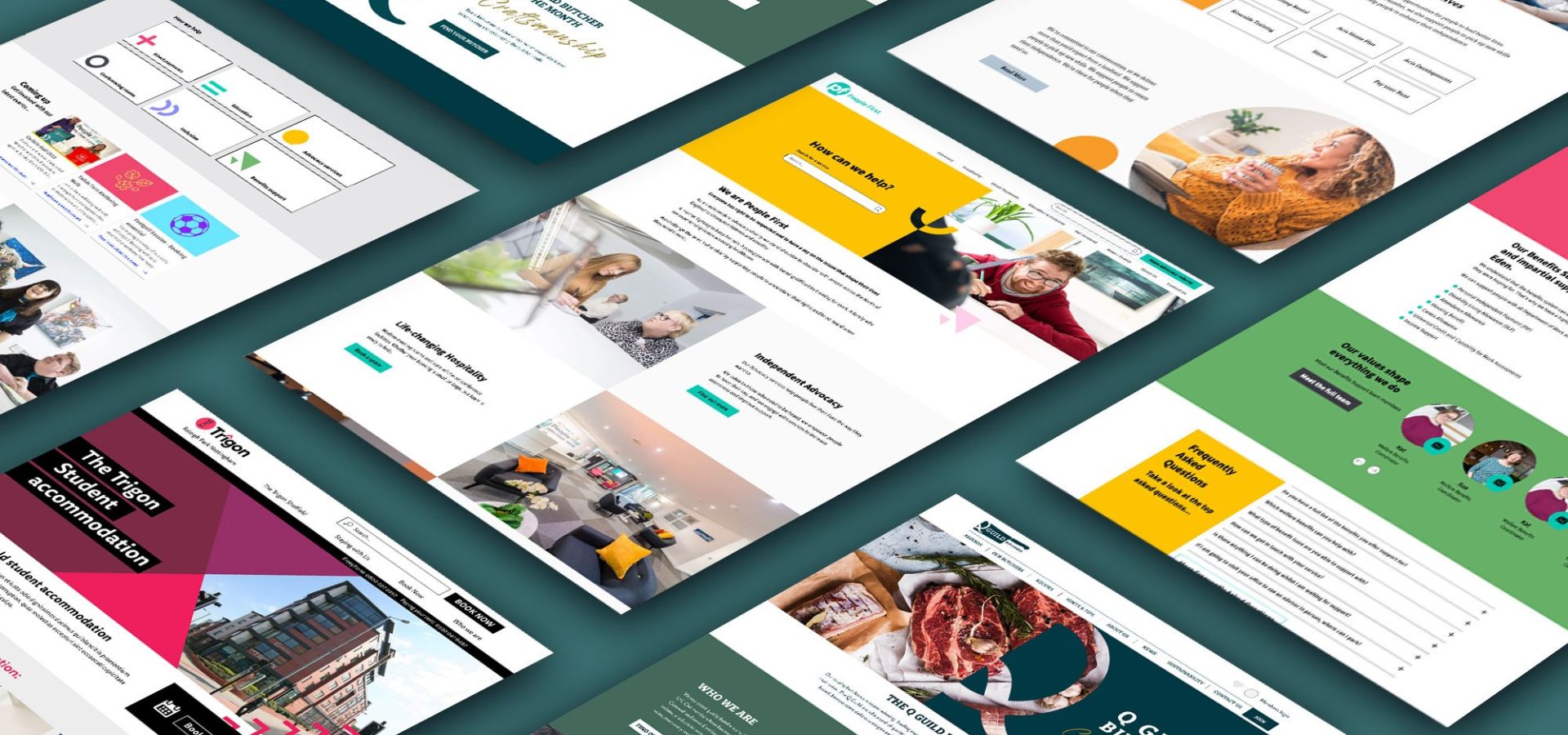Advanced AI Integration
AI in web design will extend beyond chatbots to more dynamic roles like real-time content customisation, predictive user experience, and automated web accessibility adjustments. AI algorithms could analyse user data to tailor website layouts, themes, and content, providing a highly personalised experience. Moreover, AI could assist in creating more accessible web designs by automatically adjusting elements to suit different user needs, making inclusivity a seamless part of the design process.
Voice User Interface (VUI)
The integration of VUI will make web interactions more accessible and convenient. Websites will be designed to support voice commands, enabling users to navigate, search, and interact with content hands-free. This will not only enhance accessibility for users with disabilities but also provide a more versatile way for all users to interact with digital content. SEO strategies will also evolve to prioritise voice search optimisation, adapting to the nuances of spoken language queries.
Augmented Reality Experiences
Augmented Reality will shift from a novelty to a mainstream web design element. AR can be used to create immersive shopping experiences, allowing customers to visualise products in their own space, or to enhance educational content with interactive, real-world overlays. This technology will be particularly impactful in industries like retail, real estate, and education, providing users with a richer, more engaging online experience.
Sustainable and Green Web Design
The focus on sustainability will lead to designs that are not only energy-efficient but also prioritise eco-friendly practices. This could include optimising images and scripts to reduce energy consumption, choosing green hosting providers, and incorporating elements that educate users about sustainability. The goal will be to create websites that not only look good but also contribute positively to the environment.
Advanced Motion UI
Motion UI in 2024 will be more than just aesthetic enhancement; it will be integral in guiding user attention and improving user experience. Animations will be designed to be more intuitive, helping users understand complex processes or navigate through the site. The key will be to balance visual appeal with functionality, ensuring that these animations enhance the user experience without causing distractions or delays.
5G Technology Adoption
With the widespread adoption of 5G, web designs will be able to incorporate more high-definition visuals and interactive features without worrying about load times. This will open up possibilities for more immersive experiences, such as live streaming, real-time collaboration, and more complex interactive elements, all seamlessly integrated into web pages.
Increased Focus on Cybersecurity
As digital threats evolve, web design in 2024 will place a greater emphasis on incorporating robust website security features directly into the design process. This will include secure design practices to protect user data, regular security audits, and user education on privacy and security. Websites will need to balance aesthetics and functionality with the crucial need for security and trust.
Cross-Platform Web Applications
The line between web and mobile applications will blur even further. Web applications will function seamlessly across various devices and platforms, providing a consistent experience whether accessed from a desktop, tablet, or smartphone. This will require a focus on adaptable designs and frameworks that support a wide range of devices and screen sizes.
Data-Driven Personalisation
Personalisation will become even more sophisticated, with websites using big data and machine learning to deliver content and experiences that are uniquely tailored to each visitor. This could include personalised product recommendations, adaptive content layouts, and even dynamic user interfaces that change based on user preferences and behaviour.
In 2024, these trends in web design will create more dynamic, efficient, and engaging online experiences, driven by technological advancements and a continuous commitment to user-centric design.

